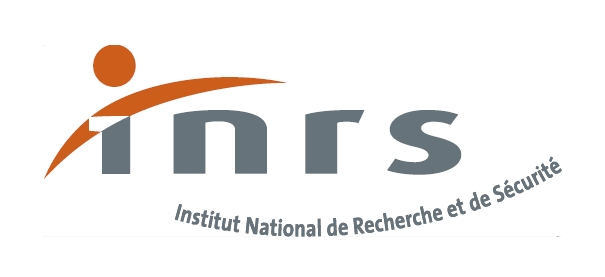Motor variability in human-robot interaction during an assisted trajectory-tracking task: preliminary results from the MOVER experiment
Résumé
In an occupational context, the use of a collaborative robot raises numerous questions relating to the health and safety of operators. In particular, the scientific and technical literature has virtually ignored the question of how to preserve operators’ motor variability (MV). Yet, this MV is supposed to have a beneficial effect in terms of the prevention of biomechanical risk factors (reduction in the onset of fatigue, distribution of biomechanical stress on the locomotor system, etc.). Inria and INRS have therefore set up the MOVER (MOtor Variability Experiment with a Robot) experiment in order to gain knowledge of an operator’s MV when performing a trajectory- tracking task with and without interaction with a collaborative robot. The experimental results presented in this paper concern the nominal situation (no cobot used). They confirm that MV exists, related to some features of the task observed (movement direction, pace, position along the tracked trajectory). These results should eventually be used to develop control laws for collaborative robots likely to adapt to the operator’s MV and preserve their health and safety at the workstation.
| Origine | Fichiers produits par l'(les) auteur(s) |
|---|
